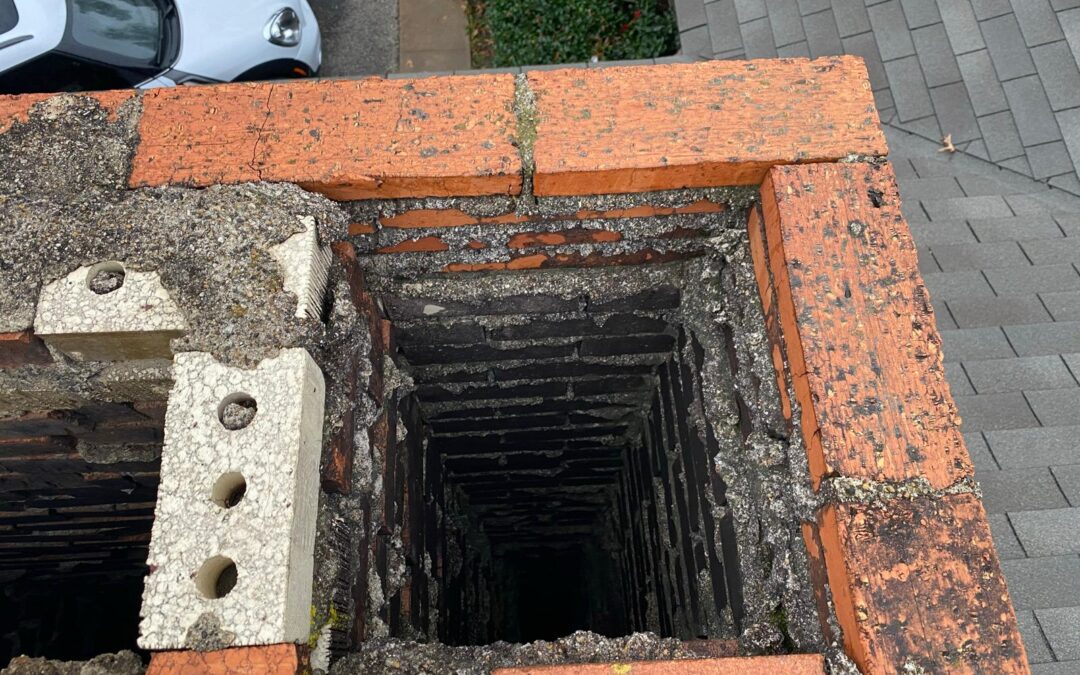When winter rolls around, nothing beats the comfort of a roaring fire in your home. However, the enjoyment of a cozy fire comes with the responsibility of maintaining your chimney. Comprehensive chimney services ensure your fireplace remains safe, efficient, and ready to warm your home. From firewood selection to chimney safety inspections, here’s everything you need to know about maintaining your chimney.
The Importance of Regular Chimney Inspections
Regular chimney inspections are the cornerstone of safe fireplace operation. Over time, soot, creosote, and debris can build up inside your chimney, creating a fire hazard. An annual inspection by a professional chimney service can identify any issues, such as blockages, cracks, or structural damage, that could compromise your safety. Inspections not only help prevent fires but also ensure your chimney functions efficiently, reducing energy costs.
Chimney Cleaning: Keeping Your Flue Clear and Safe
Chimney cleaning is essential to remove the buildup of creosote—a highly flammable byproduct of burning wood. Even a small amount of creosote can ignite and cause a chimney fire. Professional chimney cleaning services use specialized tools to thoroughly clean your chimney, removing soot, creosote, and any debris that may have accumulated. Regular cleaning is vital to maintaining a safe and functional chimney, especially if you use your fireplace frequently.
Choosing the Right Firewood for Your Fireplace
The type of firewood you use can significantly impact your chimney’s health. Seasoned hardwoods like oak, maple, and hickory are ideal for burning because they produce more heat and less creosote. In contrast, burning green or unseasoned wood can result in excessive creosote buildup, leading to a greater risk of chimney fires. Understanding the best firewood choices is a crucial aspect of chimney maintenance and safety.
Chimney Caps and Covers: Protection from the Elements
A chimney cap or cover is a simple yet effective way to protect your chimney from external elements like rain, snow, and debris. These caps also prevent animals from nesting in your chimney, which can cause blockages and lead to dangerous situations. Additionally, chimney caps help prevent downdrafts, where cold air or smoke is pushed back into your home, disrupting the efficiency of your fireplace. Installing a chimney cap is an affordable investment in your chimney’s long-term health.
Masonry Repairs: Maintaining Structural Integrity
Over time, the bricks and mortar that make up your chimney can deteriorate due to exposure to the elements. Cracks, gaps, and crumbling mortar not only weaken the structural integrity of your chimney but can also allow water to seep in, causing further damage. Regular masonry repairs are essential to maintaining your chimney’s strength and preventing costly damage down the line. Professional chimney services can assess and repair any masonry issues, ensuring your chimney remains safe and functional.
Chimney Relining: A Solution for Damaged Flues
The flue is the part of your chimney that directs smoke and gases out of your home. Over time, the lining of the flue can become damaged due to constant exposure to heat and corrosive byproducts of combustion. A damaged flue can lead to dangerous situations, including carbon monoxide leaks. Chimney relining involves installing a new lining inside your chimney to restore its functionality and safety. This service is crucial for older homes where the original lining may no longer be effective.
Prioritize Chimney Safety
Your fireplace can provide warmth and comfort throughout the winter months, but it’s essential to prioritize chimney safety. Regular inspections, cleaning, and maintenance are key to ensuring your chimney remains in top condition. By investing in comprehensive chimney services, you can enjoy the cozy ambiance of your fireplace with peace of mind, knowing that your home and family are safe.

